42 semiconductor nanocrystals as fluorescent biological labels
› articles › s41377/022/00913-6Liquid crystal-templated chiral nanomaterials: from chiral ... Jul 14, 2022 · The strong interaction of chiral nanomaterials with electromagnetic waves in the spectral regions, ranging from microwave and terahertz to infrared, visible and ultraviolet regions, is the ... spj.sciencemag.org › journals › researchRecent Progress on Metal-Enhanced Photocatalysis: A Review on ... Jun 10, 2021 · Metal-enhanced photocatalysis has recently received increasing interest, mainly due to the ability of metal to directly or indirectly degrade pollutants. In this review, we briefly review the recent breakthroughs in metal-enhanced photocatalysis. We discussed the recent progress of surface plasmon resonance (SPR) effect and small size effect of metal nanoparticles on photocatalysis; in ...
› lifestyleLifestyle | Daily Life | News | The Sydney Morning Herald The latest Lifestyle | Daily Life news, tips, opinion and advice from The Sydney Morning Herald covering life and relationships, beauty, fashion, health & wellbeing

Semiconductor nanocrystals as fluorescent biological labels
pubs.acs.org › doi › 10Fluorescent Nanoparticles for Super-Resolution Imaging Super-resolution imaging techniques that overcome the diffraction limit of light have gained wide popularity for visualizing cellular structures with nanometric resolution. Following the pace of hardware developments, the availability of new fluorescent probes with superior properties is becoming ever more important. In this context, fluorescent nanoparticles (NPs) have attracted increasing ... › articles › nmat4526The surface science of nanocrystals | Nature Materials Jan 22, 2016 · The role of surface ligands in tuning the optoelectronic properties, controlling the stability and determining the performance in applications of colloidal nanocrystals is discussed in this Review. › articles › s41467/018/04813-5Advances in highly doped upconversion nanoparticles | Nature ... Jun 20, 2018 · Lanthanide-doped upconversion nanoparticles (UCNPs) are capable of converting near-infra-red excitation into visible and ultraviolet emission. Their unique optical properties have advanced a broad ...
Semiconductor nanocrystals as fluorescent biological labels. Access Denied - LiveJournal Nous voudrions effectuer une description ici mais le site que vous consultez ne nous en laisse pas la possibilité. jnanobiotechnology.biomedcentral.com › articles › 10Nano based drug delivery systems: recent developments and ... Sep 19, 2018 · Nanomedicine and nano delivery systems are a relatively new but rapidly developing science where materials in the nanoscale range are employed to serve as means of diagnostic tools or to deliver therapeutic agents to specific targeted sites in a controlled manner. Nanotechnology offers multiple benefits in treating chronic human diseases by site-specific, and target-oriented delivery of ... › articles › s41467/018/04813-5Advances in highly doped upconversion nanoparticles | Nature ... Jun 20, 2018 · Lanthanide-doped upconversion nanoparticles (UCNPs) are capable of converting near-infra-red excitation into visible and ultraviolet emission. Their unique optical properties have advanced a broad ... › articles › nmat4526The surface science of nanocrystals | Nature Materials Jan 22, 2016 · The role of surface ligands in tuning the optoelectronic properties, controlling the stability and determining the performance in applications of colloidal nanocrystals is discussed in this Review.
pubs.acs.org › doi › 10Fluorescent Nanoparticles for Super-Resolution Imaging Super-resolution imaging techniques that overcome the diffraction limit of light have gained wide popularity for visualizing cellular structures with nanometric resolution. Following the pace of hardware developments, the availability of new fluorescent probes with superior properties is becoming ever more important. In this context, fluorescent nanoparticles (NPs) have attracted increasing ...
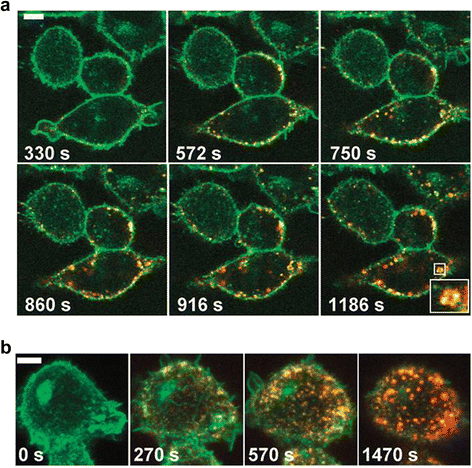
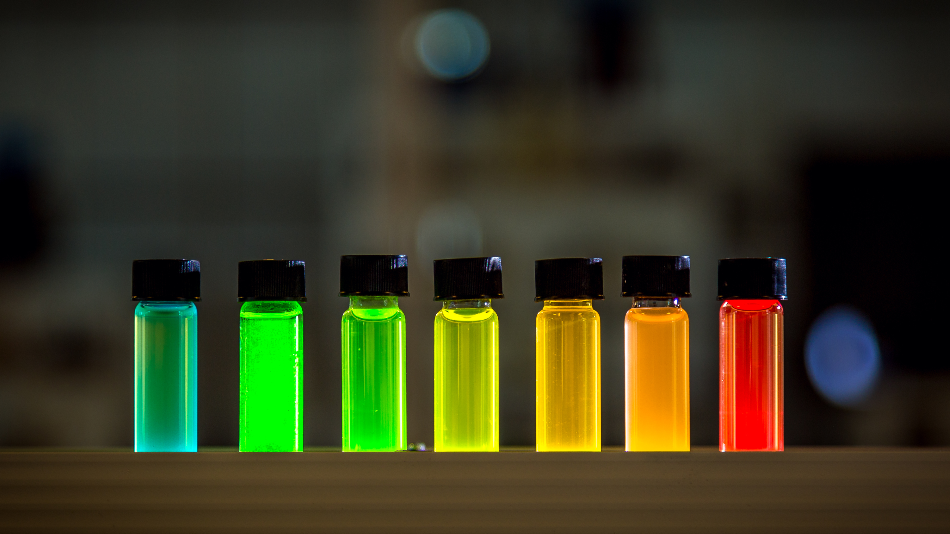

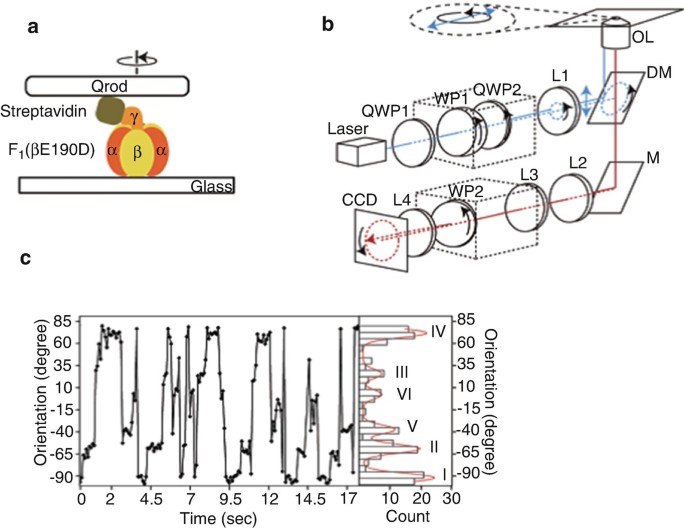
![PDF] Properties of Fluorescent Semiconductor Nanocrystals and ...](https://d3i71xaburhd42.cloudfront.net/981258acf35431bfbd83d284071a80afecdd27d6/8-Figure6-1.png)

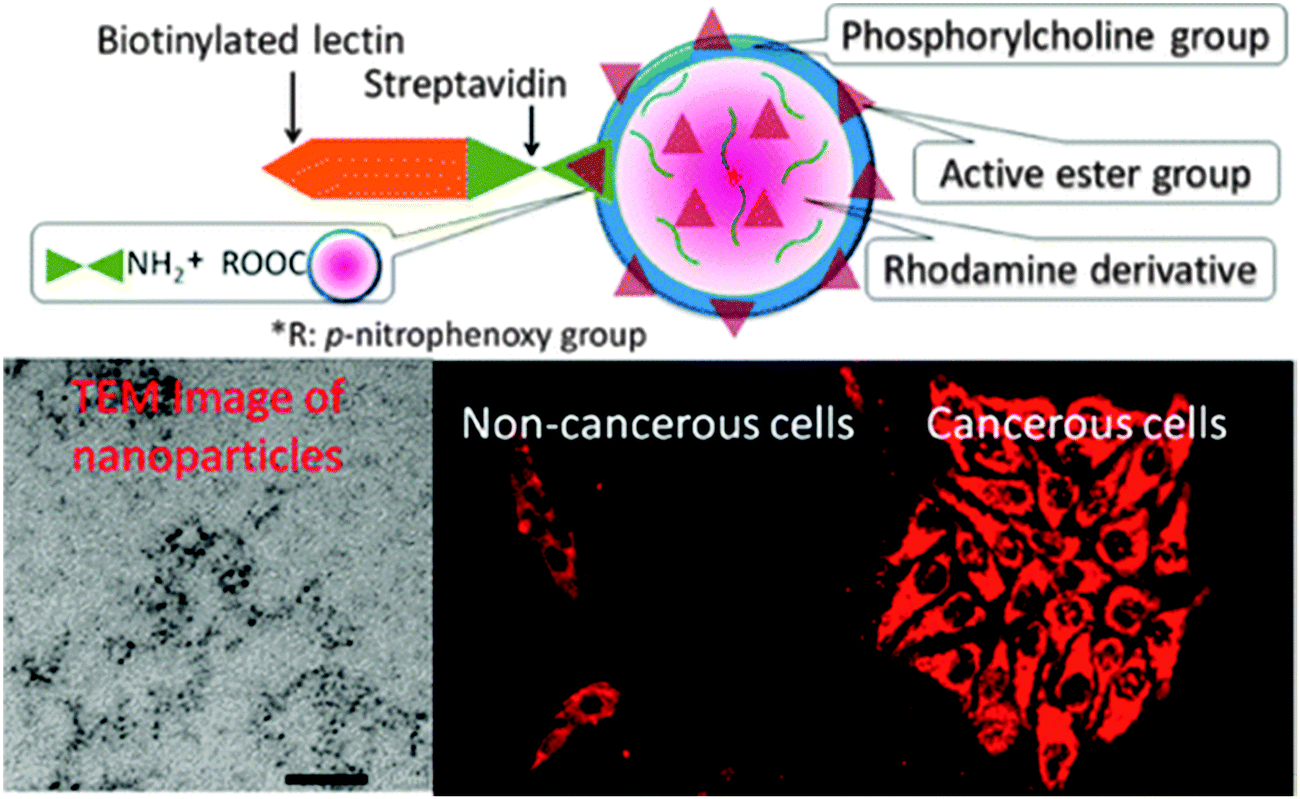

![PDF] Properties of Fluorescent Semiconductor Nanocrystals and ...](https://d3i71xaburhd42.cloudfront.net/981258acf35431bfbd83d284071a80afecdd27d6/4-Figure1-1.png)
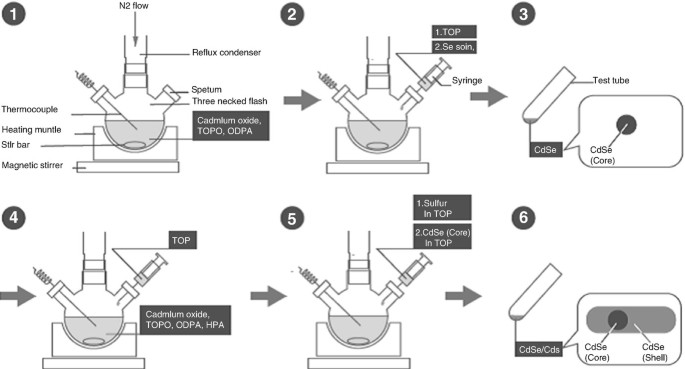




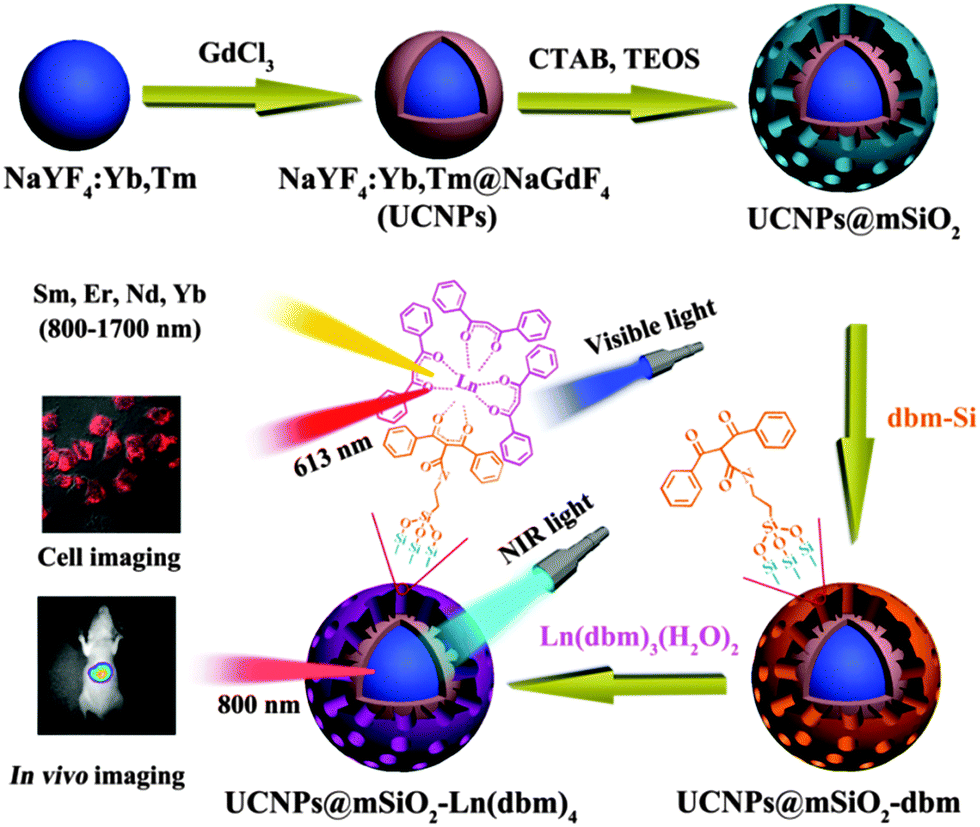








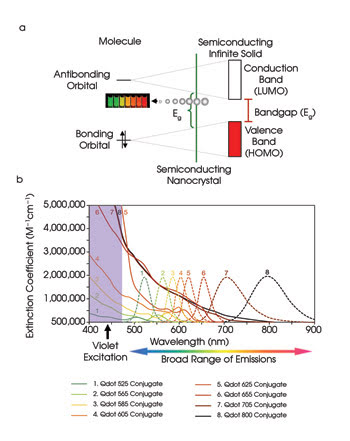

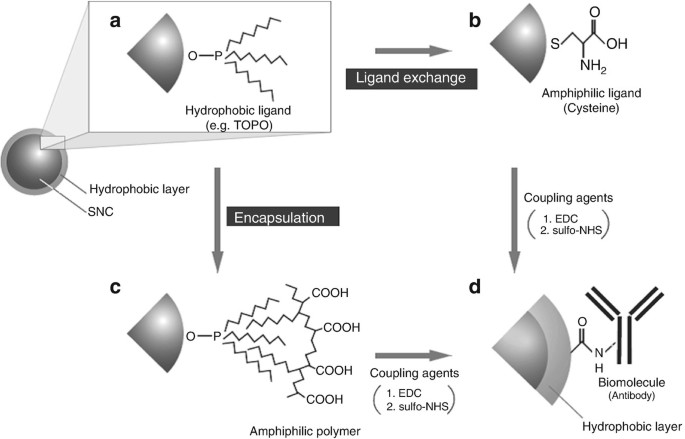
![PDF] Multicolor conjugated polymer dots for biological ...](https://d3i71xaburhd42.cloudfront.net/1c5bc9ebebcaabb24e639b0f8cf744ee1cf7af37/2-Figure1-1.png)
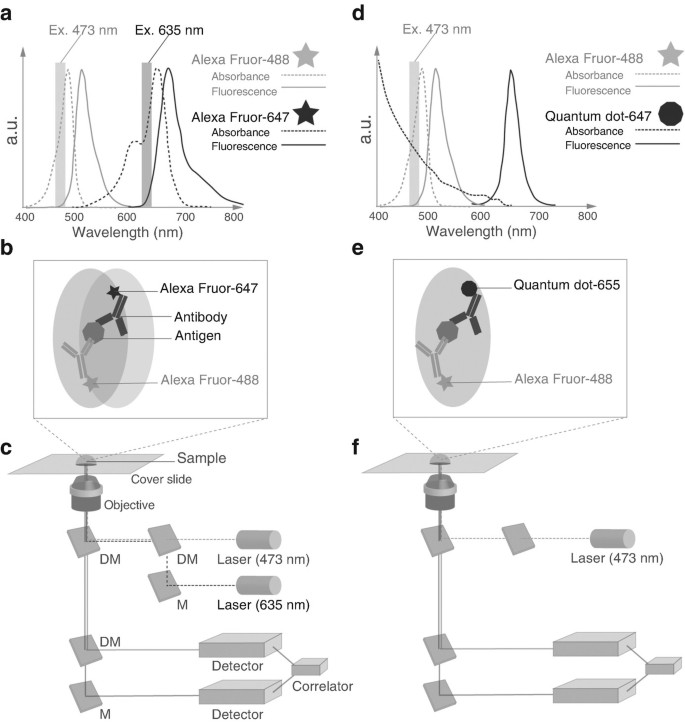


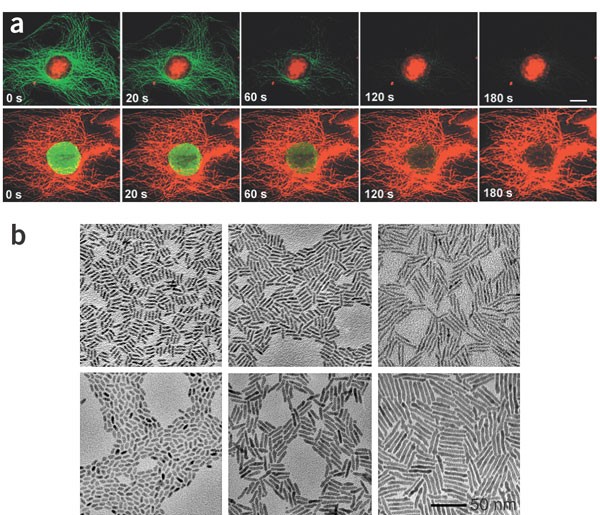




Post a Comment for "42 semiconductor nanocrystals as fluorescent biological labels"